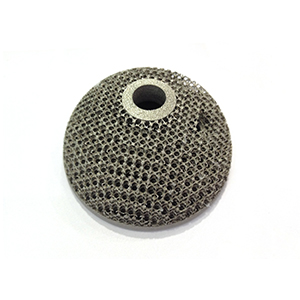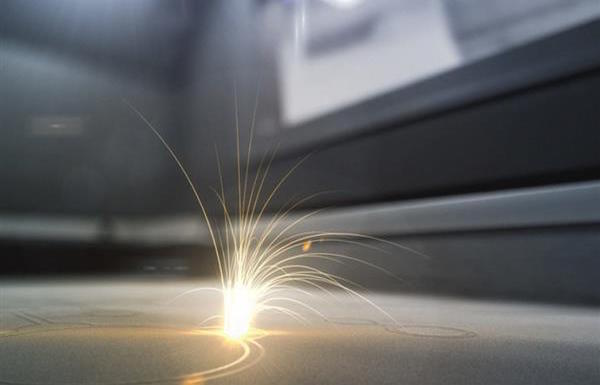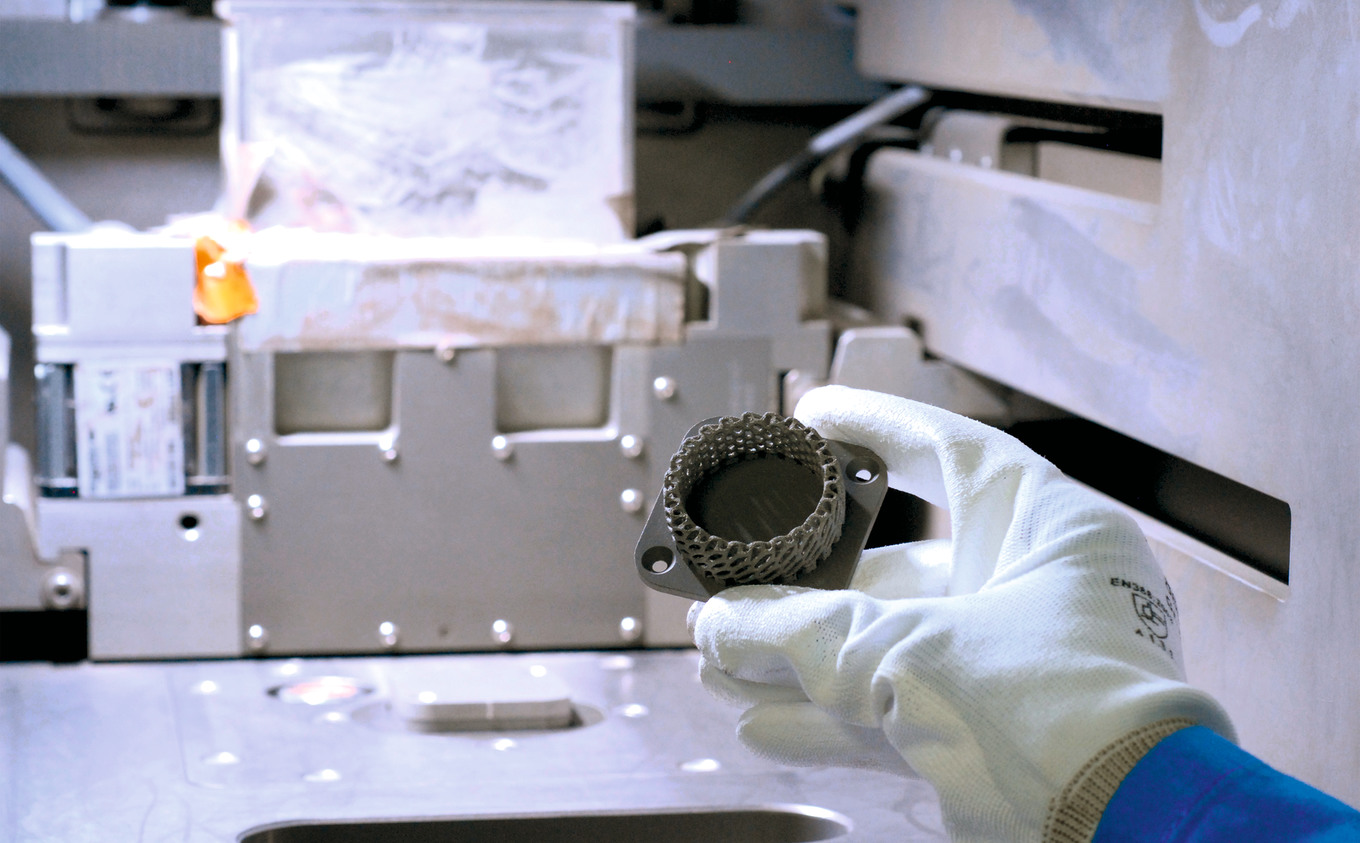Additive manufacturing
Additive manufacturing
Additive manufacturing, or also known as 3D-printing, is a almost new laser process, which has gain in the last years more and more on interest.
As a matter of principle it works as following: Either metal or plastic powder of the workpiece, which must be developed, will be applied as think layer on a baseplate. A laser beam, which will be deflected by a galvo scanner, melts the poweder locally and creates after cooling down a layer of hard material. Afterwards the baseplate drops by the amount of the layer and powder will be distributed again. This cycle will be repeated again until all layers are melted and a 3D product has been developed.
A distinction is drawn between selective laser melting (SLM) and selective laser sintering (SLS). The mode of operation is very similar – while for SLM metallic powder and on SLS plastic powder is being used. Due to this, they type of laser is different between the two methodes: SLM is using singlemode CW fiber lasers of several hundred Watt’s, while for selective laser sintern (SLS) a few Watt are sufficient or the use of CO2 lasers.
The advantages of additive manufacturing with lasers against other manufacturing processes to generate three-dimensional workpieces are enormous:
- Creating very complexe structures and undercuts
- Producing lightweight constructions while high strength & stability
- High flexibility as workpiece design is being generated by 3D-datas – therefore this type of processing is cheap especially by creating small volume or prototypes
- Much less material waste compaired to traditional techniques. The surplus poweder can be reused most of the times






